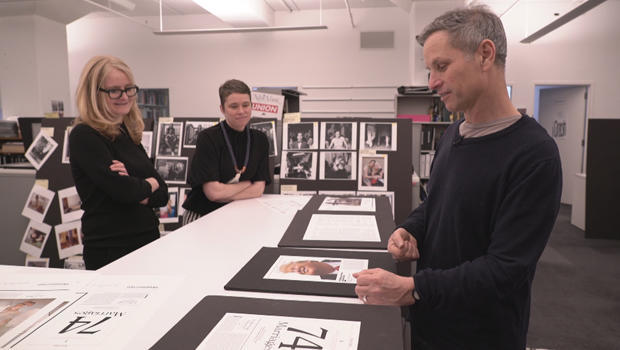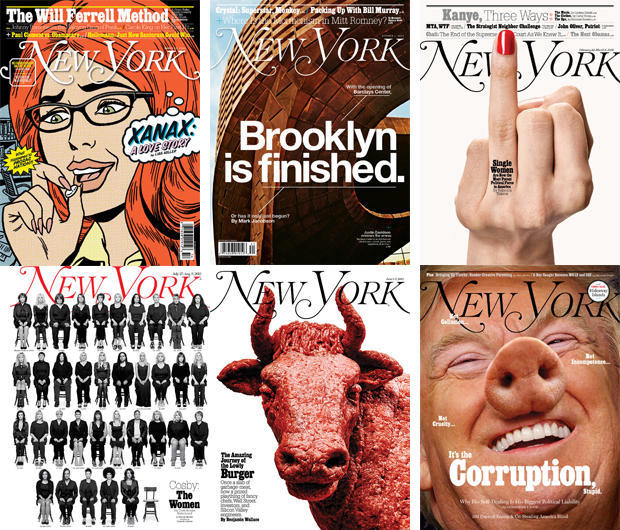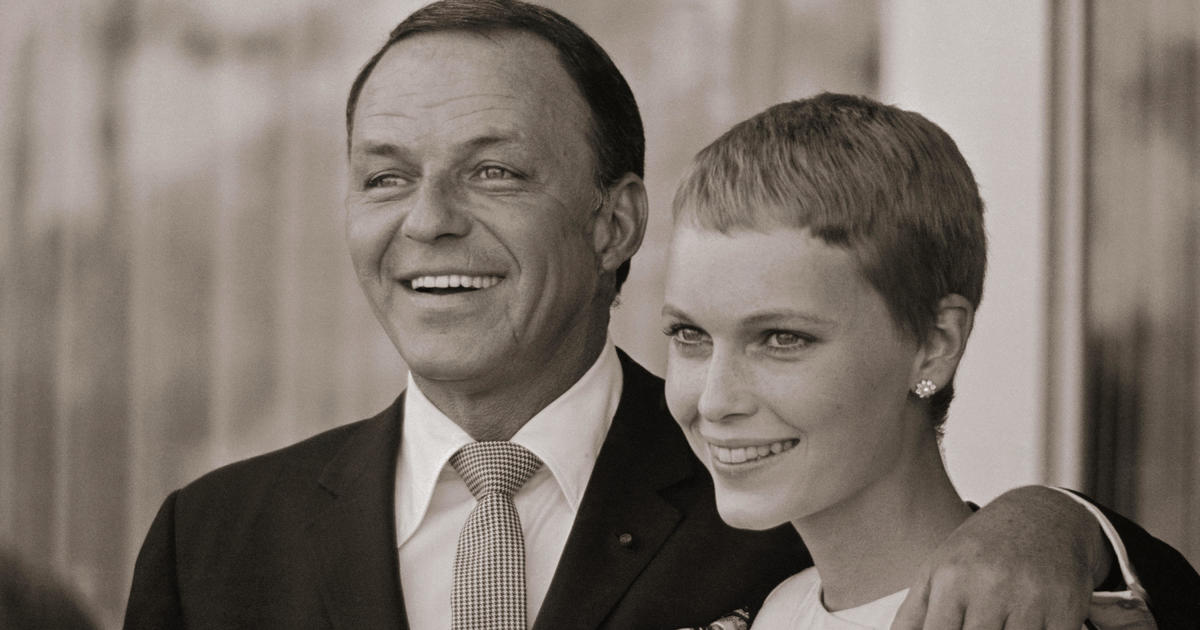Inside the pages, and websites, of New York Magazine
Even if you're not a New Yorker, you may know New York magazine. It was the original city magazine, one of the first magazines for both men and women. It's won 48 National Magazine Awards, and not long ago it celebrated its 50th anniversary.
The magazine, said editor Adam Moss, "was never really about the concrete of the city. It was a way of looking at the world. A certain kind of hyper-curiosity, cynicism, and also openness and generosity to new ideas."
After 15 years, Moss recently stepped down as editor-in-chief.
The magazine originated in the heyday of New York City newspapers. The New York Herald Tribune had a Sunday magazine called "New York." Its editor was Clay Felker, and Milton Glaser was the art director. In the late '60s the New York Herald Tribune, like many newspapers in that period, went out of business. So, Felker and Glaser bought the name "New York" from the Tribune owners, and in 1968 the magazine as we know it was born.
New York was a weekly, completely unlike anything that anyone had ever seen before.
"Clay is, was, a boy from the Middle West whose nose was pressed against the windows of the rich and famous in New York," said Milton Glaser, who co-founded New York with Clay Felker. (Felker died in 2008). "And I was a Jewish boy from the Bronx who knew how the city operated and was interested in working class and left-wing politics. But Clay and I were completely in tune when we came to ideas we wanted to express.
"I never designed a magazine before I started doing it. The plan was, you know, like a movie: 'Let's do a magazine!'"
You've probably seen the famous "I Love New York" logo, which Glaser designed for the city in 1977, or his hundreds of album covers, posters, and magazine and newspaper designs.
Now 90, Glaser remarked to Pogue, "One of the great lies of American culture is the lie of retirement, that at a certain point in your life, at 65 for God's sake, you're ready to go to Florida and stare out the window for the next 30 years. Where in the world did that idea come from?"
A lot of great writers have appeared in New York magazine: Tom Wolfe, Jimmy Breslin, Nora Ephron, Gloria Steinem and Frank Rich. And they've published iconic covers, always stamped with Glaser's famous logo.
Adam Moss took Pogue into the archives, showing him what he called perhaps New York's most famous cover: "It's called 'Cosby: The Women,'" said Moss. "At the time nobody was paying any attention to Bill Cosby, and the accusations were all isolated. And what really made the cover was this empty chair, which symbolized all the other people who hadn't yet come forward."
One of the most memorable was a cover done at the end of Hurricane Sandy: "If you recall, half of New York was blacked out. The photographer was able to take pictures from the helicopter, 99.9% of which were unusable – I think he had three usable frames – because of the movement of the helicopter."
In an age when dozens of venerable magazines have gone to the Great Newsstand in the Sky, it's impressive that New York is still in print. One key reason: Moss started publishing the magazine on the Internet early. "I was leading the charge, I guess," he said.
Today, there are five spinoff websites, with a total of 50 million readers a month: Intelligencer (about news and politics); The Cut (fashion and women's interests); Vulture (pop culture); Grub Street (food); and Strategist (buying advice), for which Pogue writes tech reviews.
"I feel like they're each sort of could be a standalone website that's under the umbrella of New York Magazine," said Allison P. Davis, who writes for both the printed magazine and The Cut.
Pogue asked, "Is there any less glamour to writing for a digital-only enterprise than for a print one?"
Davis replied, "I think we've worked really hard to make our digital brands just as prestigious and thoughtful and sharp as our print magazine's legacy has been. And so, I think to our readers there's really no difference."
After serving as an editor for 12 years, David Haskell has just become the magazine's new editor-in-chief. "As nervous-making as it is to step into the job, I feel like I understand what this place is about," he said.
New York Magazine may have outlasted dozens of rival publications, but it's had to make some tough financial choices. In 2014, it went from weekly publication to biweekly. Earlier this year, the company laid off five percent of its staff. And as of late last year, once you've read a few articles for free, you're asked to pay $5 a month for access to its websites.
Haskell said, "I don't think we're ever gonna be your first read of the day. But I think – I hope – we'll be your favorite."
New York magazine is certainly one of Milton Glaser's favorites. "It was a wonderful time for me," he said.
Pogue asked, "Could you have ever imagined that 51 years later it would still be …"
"No! No – you have no idea!" he laughed.
"Well, you came up with some good ideas that lasted."
Glaser laughed. "Occasionally! Yeah, we did a couple nice things."
For more info:
- New York Magazine
"Highbrow, Lowbrow, Brilliant, Despicable: Fifty Years of New York Magazine" by the Editors of New York Magazine (Simon & Schuster), in Hardcover and eBook formats, available via Amazon
Story produced by Julie Kracov.








